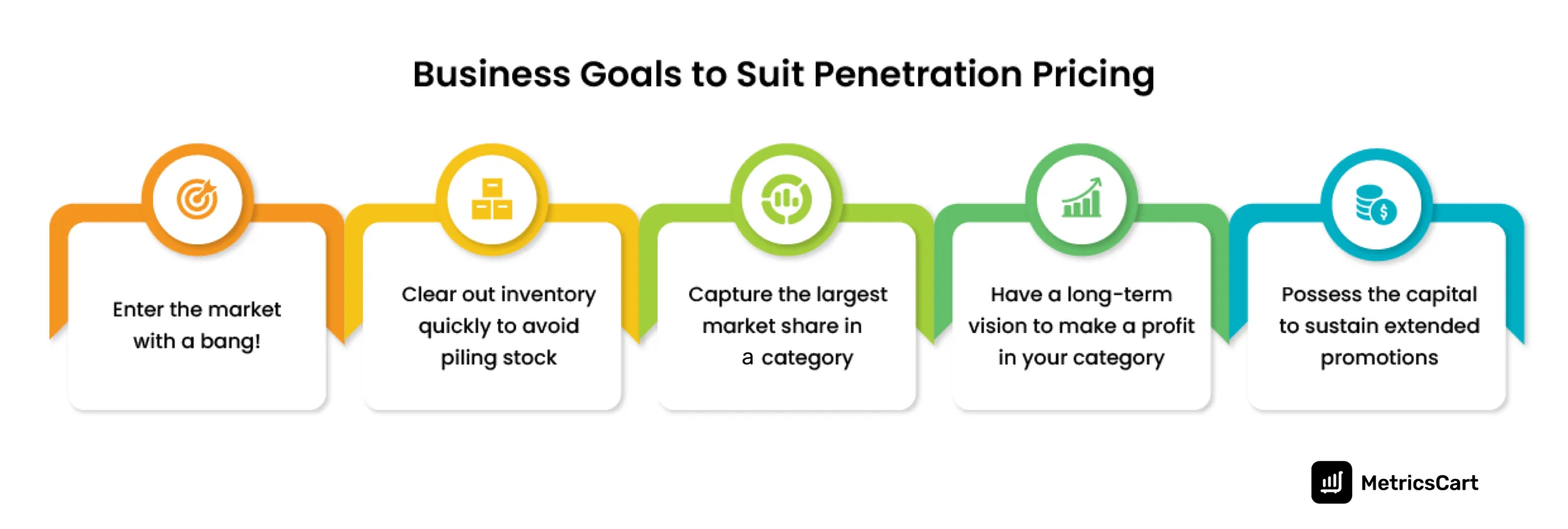
Master Effective Pricing Methods to Maximize Earnings
In the ever-evolving landscape of commerce, understanding efficient pricing approaches is crucial for businesses intending to take full advantage of revenue. A nuanced understanding of pricing psychology can dramatically affect customer behavior and buying decisions.
Understanding Rates Psychology
Comprehending pricing psychology is crucial for organizations aiming to optimize their rates techniques. This field examines just how customers regard rates and exactly how these perceptions influence their acquiring decisions. Secret concepts in pricing psychology include the anchoring effect, where the preliminary rate provided offers as a recommendation point for consumers, and the idea of rate level of sensitivity, which varies among different client sectors.
In addition, services can utilize the concept of perceived value, where the perceived advantages of a product and services can justify a greater price point. As an example, costs rates can develop a mood of exclusivity, bring in customers that connect greater costs with remarkable high quality. On the various other hand, psychological prices, such as establishing a cost at $9.99 rather than $10, can dramatically impact consumer actions by making costs appear extra eye-catching.
In addition, shortage and necessity can improve the regarded value of items, prompting quicker buying decisions. Comprehending these psychological triggers allows companies to develop rates approaches that not only drive sales but likewise foster client commitment. Therefore, mastering rates psychology is necessary for effective prices technique formulation, causing boosted productivity and market positioning.
Executing Value-Based Pricing

Next, sector your consumers based on their determination to pay and the worth they perceive. By doing so, you can customize offerings and pricing approaches to straighten with different sectors.
Continuously check market conditions and customer responses to refine your prices strategy over time. By implementing value-based prices, organizations can enhance profitability while fostering lasting client loyalty.
Checking Out Dynamic Pricing Versions
In today's quickly altering market landscape, vibrant pricing designs have become a powerful strategy for businesses seeking to maximize profits and react to fluctuations sought after. These designs permit companies to adjust their costs in real-time based upon numerous variables such as customer habits, market trends, and stock levels. By leveraging data analytics and algorithms, businesses can identify optimal prices factors that optimize sales while staying affordable.
Dynamic prices can take various types, including time-based pricing, where costs fluctuate based upon time of day or period, and demand-based prices, which readjusts costs according to present customer demand. This flexibility not just enhances productivity yet also improves client fulfillment by supplying costs that mirror real-time market problems.
Executing vibrant prices needs a durable technological framework and a deep understanding of consumer sectors. It is important for businesses to keep track of market signals and consumer responses continuously, guaranteeing that prices techniques straighten with broader service goals. Moreover, clear communication regarding rates modifications can aid alleviate client discontentment and foster depend on, inevitably resulting in sustained profitability in a competitive market. Embracing dynamic rates can thus be a transformative method in the pursuit for making best use of revenue.
Analyzing Competitor Pricing
Checking competitor rates is vital for services aiming to maintain an one-upmanship in their particular markets. By analyzing rivals' prices approaches, firms can recognize market fads, comprehend customer choices, and adjust their rates appropriately. This analysis includes event information on rivals' prices, marketing methods, and product offerings to educate prices choices.
To effectively examine competitor prices, organizations ought to utilize numerous devices and methods, such as cost monitoring software, market research records, and consumer responses. This data can reveal how rivals place their services and products, enabling services to separate their offerings or embrace similar approaches to remain pertinent.
Additionally, it is crucial to categorize rivals into direct and indirect competitors. Direct rivals offer similar service or products, while indirect competitors may fulfill the very same consumer requirement with various solutions. Understanding the nuances in between these teams will allow businesses to customize their rates strategies much more properly.
Inevitably, continuous rival pricing analysis is vital for making educated prices decisions. It permits services to stay nimble in click this action to market changes, guaranteeing they can confiscate possibilities and alleviate risks connected with rates strategies.
Reviewing Rates Performance
Comprehending just how competitor prices affects market dynamics causes an all-natural focus on reviewing pricing efficiency within one's own service. This assessment is vital for recognizing areas of strength and chances for renovation, eventually boosting earnings.

Furthermore, conducting regular rates audits can reveal inconsistencies in between anticipated and actual efficiency. This involves comparing rates data across various sectors and channels to comprehend differences and identify patterns. Moreover, incorporating consumer comments can give insights into viewed worth versus actual prices, making certain alignment with market expectations.
Last but not least, leveraging information analytics tools can assist in deeper understandings right into rates efficiency, enabling companies to make data-driven adjustments (Pricing Strategy). By continually examining prices performance, companies can adjust to market adjustments and enhance their strategies, making certain sustained success in an affordable landscape
Verdict
Efficient pricing strategies are vital for maximizing revenue in a competitive market. By leveraging pricing psychology, businesses can enhance regarded value and tailor pricing to varied client segments. The fostering of dynamic and value-based prices models helps with real-time changes blog based on need and client desire to pay. Additionally, constant evaluation of competitor prices additional info and performance metrics ensures tactical dexterity. Ultimately, a thorough technique to rates not only drives earnings yet additionally promotes consumer contentment and loyalty.
Recognizing rates psychology is crucial for services aiming to enhance their pricing strategies. Comprehending these mental triggers allows businesses to formulate pricing methods that not just drive sales yet likewise foster customer loyalty. Therefore, grasping pricing psychology is vital for effective pricing approach formulation, leading to enhanced earnings and market positioning.
By assessing competitors' pricing techniques, companies can determine market patterns, understand consumer preferences, and adjust their prices as necessary. By leveraging pricing psychology, businesses can boost regarded worth and tailor pricing to varied consumer sectors.